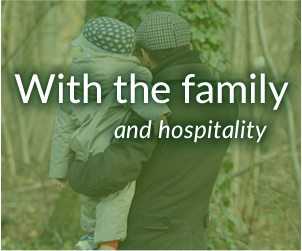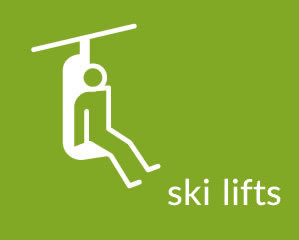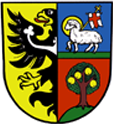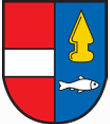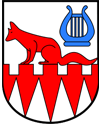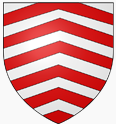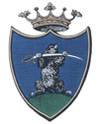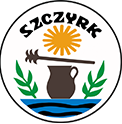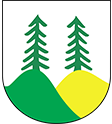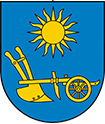Wisła in the years 1918 – 1939
At the end of the First World War the Austria – Hungarian Monarchy fell apart and the status of Cieszyn Silesia became a political problem. The resolution of 7 March, 1919 sent to the Coalition Commission stated: ‘The local authorities of Wisła in the name of the inhabitants declare that Wiała is a Polish town and so they demand the district of Cieszyn Silesia to be attached to Poland‘. In June, 1919 the borderline between Poland and the Czech Republic was decided by the Ambassadors Commission and the Polish part of Cieszyn Silesia was attached to the new Silesian District.
The time of the Polish State II (the inter- war period) was the time of a very dynamic development of the town. It was the Silesian governor - doctor Michał Grażyński who decided to transform a highlander village into a tourist resort. A new road to Istebna was built, then a new railway line from Ustroń to Głębce with two big railway viaducts. The next steps were electrification of the town, regulation of the Vistula river bed, construction of the new town centre with new buildings of : ‘Dom Zdrojowy’ with a spacious exposition room and a restaurant, a new post office building, a swimming pool with a café, a church house and a park area.
In January, 1931 the residence in Zadni Groń was visited for the first time by the president of Poland Ignacy Mościcki – the residence was built as a gift of the Silesian people for the president of the country.
Thanks to the local teachers culture and music became characteristic elements of the town. In 1927 the first men choir ‘Echo‘ came into being, then The Protestant Youth Choir and in 1935 a folk band which later became very successful at the Highlander Feast in Zakopane. Jerzy Drozd and Jan Sztwiertnia were the two people deeply involved in organizing and promoting the folk bands. In 1937 the town hosted the Highlander Feast – a festival of Polish folk culture.
There was also a group of people in Wisła who were involved in occultism. The centre of their activity was villa ‘Sphinx’ which belonged to Agnes and Jan Pilch and the main people in the group were: Jan Hadyna - the editor of ‘Lotos‘ magazine, Jerzy Hadyna, Kazimiera and Jan Chrobot and Jan Pilch - the editor of ‘Hejnał‘ magazine.
In those days Wisła used to be visited by some well known writers and artists such as: Maria Dąbrowska, Kazimiera Iłłakiewiczówna, Jarosław Iwaszkiewicz, Paweł Hulka – Laskowski, Gustaw Morcinek, Władysław Orkan, Jan Sztaudynger or Zofia Kossak from a nearby village Górki and politicians: Ludwik von Everth – a senator of Poland, Zofia Kirkor – Kiedroniowa (from the family Grabski) Dorota Kłuszyńska – a senator of Poland. During the Holiday Competition of the Institute of Art a significant number of Polish artists used to come to Wisła, Jan Kiepura among them.
Some prominent people had their houses or villas in Wisła: bishop Juliusz Bursche, professor Józef Buzek – creator of GUS and a senator of Poland, dr. Stanisław Kopczyński – a pioneer of modern school hygiene, Czesław Kossobudzki - a politician of Polish Socialist Party, father professor Karol Michejda – a scientist from Warsaw University, Zbigniew Paderewski – a doctor and the director of Children Hygiene Institute in Warsaw, Roman Sochaczewski – a politician of National Democratic Party, Jerzy Warchałowski – an art critic or Czesław Kuryatto and Paweł Steller - two well known painters.
It was the time of very intensive building in Wisła: new tenis courts, bowling alley, ski jumping hill on Mount Barania (1928), ski jumping hill in Łabajów (1931) and a ski jumping hill in Malinka (1933).
It was also the time of a very rapid development of hotels, boarding houses and tourist shelters. On the initiative of the Hotels and Boarding Houses Association a hotel school was built in 1936 (it is the oldest school of that kind in Poland).

